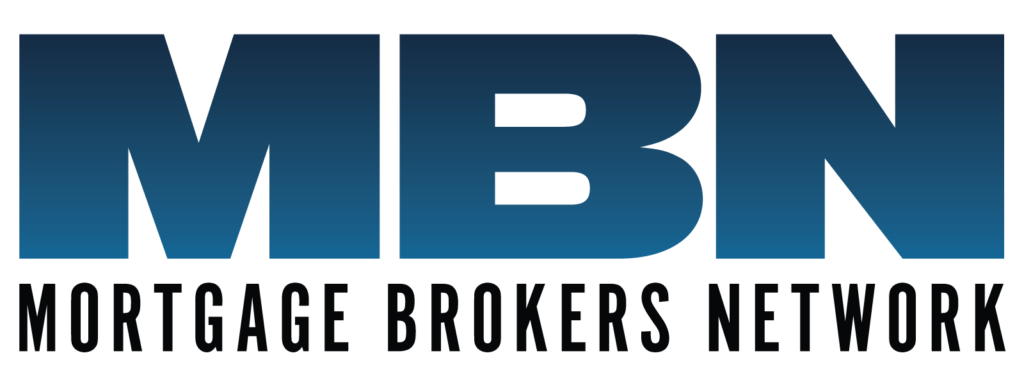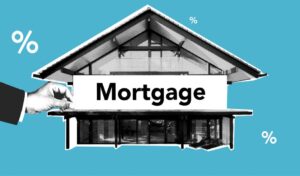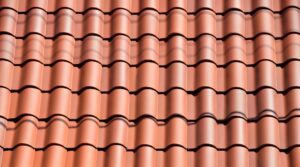Are you considering a move to the Great White North? Are you thinking about moving to Canada? Or you’ve moved to Canada in the last five years? If so, then you’ll want to know about the new to Canada mortgage program.
In this guide, we’ll walk you through how you can own a home in Canada. You can do this with as little as 5% down.
What Is the New to Canada Mortgage Program?
The new to Canada mortgage program assists homebuyers who have moved to Canada purchase a home. While it can be challenging to obtain a traditional mortgage after moving to a new country, this program makes the process much easier.
This type of loan is a portable mortgage, meaning that the borrower may transfer the loan to a new property through their lender without a penalty.
The mortgage rates can be variable or fixed, which allows you to choose the terms that work best for you. Due to the loan’s ability to provide up to a 95% loan-to-value ratio, those who qualify for this loan can make a down-payment as little as five percent.
How to Qualify
Mortgage lenders created this program to help non-native Canadian citizens purchase a home. There are no income requirements to qualify. There are, however, other requirements that include:
Your residency status
Your credit score
A minimum down-payment
Residency Status
To qualify for the best rates offered by this program, you’ll need to obtain permanent residency status in Canada. This can take between six months and five years, depending on whether you qualify for the Express Entry Program.
Without permanent residency status, your down-payment will be much higher. We’ll touch on this more in a moment. Due to the potential of having a higher down-payment, we recommend pursuing permanent residency before applying for a new to Canada mortgage.
Credit
Being new to Canada, you may not have well-established credit within the country when you’re ready to apply for this program. The good news is that this program is still available to you even if you have a weak Canadian credit score.
In this case, you’ll need to provide your lender with a credit report from an international credit bureau. Your lender may ask for a letter of recommendation from a bank in your country of origin as well.
Down-Payment
As we’ve mentioned above, if you have permanent residency status, you can qualify for a down-payment as low as five percent. For example, if you’re seeking to buy a home worth $400k, your minimum down-payment would be $20k.
If you do not have permanent residency in Canada, your down-payment would be a minimum of 35% or as low as 20% if you are a US citizen. Building off of our example of a $400k home, a US citizen would make a down-payment of $80k while others would pay $140k.
Documentation Required for Clients New to Canada
When you’re applying for the new to Canada mortgage program, you’ll need to provide the lender’s necessary documentation to assess what mortgage rates and down-payment amount you qualify for.
Let’s go over what you’ll need to provide in writing.
Proof of Income/Employment
To qualify for this mortgage, you’ll need to provide proof of employment within Canada or proof of income. If you have a job in Canada, you must provide a letter from your employer that shows your employment status and salary. You will need to work full-time in Canada for a minimum of three months before applying for a mortgage with this letter of employment.
If you do not work full-time in Canada, you’ll need to prove your income through bank statements, contracts for any freelance work, proof of 12 months of rental payments, and payments for utilities. You’ll want to include documentation of your regular savings as well since you will need these for your down-payment.
Documentation of Down-Payment Funds
As we just mentioned, you’ll want proof of your savings over the last year. This is used as part of your evidence that you have the down-payment funds necessary for the mortgage.
You will also need to prove that these funds are available at a Canadian bank. This must be done at least 30 days before closing. Your saved funds must also include 1.5% of the home purchase price to cover closing costs.
Proof of Credit and Debts
When providing proof of your credit, you will need documentation from a minimum of two sources. These include but are not limited to: an international credit bureau, a letter from your landlord with proof of rental payments, or a recommendation letter from a financial institution.
Any debts that you have outside of Canada must also be included in this documentation.
Loan Terms and Conditions
Once you qualify for the new to Canada mortgage program, you’ll need to decide a few things. Your rate, mortgage provider, amortization period, and calculate your default insurance premium.
Mortgage Rates
Whether you choose to have a fixed or variable rate mortgage will depend on your financial situation and tolerance for risk. If you choose a fixed rate, your interest rate and payment will remain the same throughout the term of your mortgage.
However, if you choose a variable rate, your interest rate and payment will fluctuate throughout your term, depending on the prime market rate. You can use a mortgage calculator to see what your payments may look like at different interest rates.
Mortgage Default Insurance
Calculating your mortgage default insurance rate will depend on how large a down payment you can make on your home. If you are putting down less than 20%, your lender will require default insurance.
For example, if you make a down-payment of 9.99% or less on a $400k home, your insurance premium rate will be 3.6% of the home’s price minus your down-payment. Here is what the calculation will look like for our example:
$400k – 5% down-payment ($20k) = $380k * 3.6% = $13,680 insurance premium.
Once you calculate your insurance premium, that amount is added to your original mortgage amount to reflect your total mortgage loan. For our example, this is what the calculation looks like:
$380k mortgage + $13,680 insurance premium = $393,680 total mortgage loan.
Amortization Period and Term
When we talk about your amortization term, we’re talking about how long it will take to pay off your mortgage. The longest amortization term allowed for mortgages that require default insurance is 25 years. If you can make a down-payment larger than 20%, you can potentially get an amortization period of up to 30 years.
Your mortgage term refers to the amount of time you commit to a single set of terms with your lender. This includes your mortgage interest rate. Five years is the most common term that borrowers choose. But they can be as short as six months and as long as ten years.
When your term is over, you will negotiate new terms with your lender.
Are You Ready to Apply?
If you’re ready to purchase a home with the new to Canada mortgage program, contact us today. Let our experts determine how much you’re pre-qualified for. Schedule a call with us through our site or call 1-877-383-1577 toll-free.
